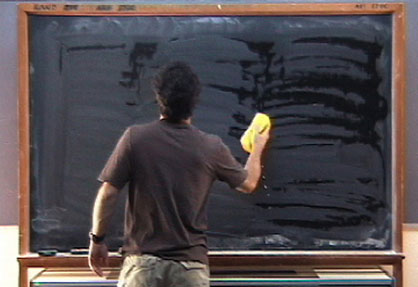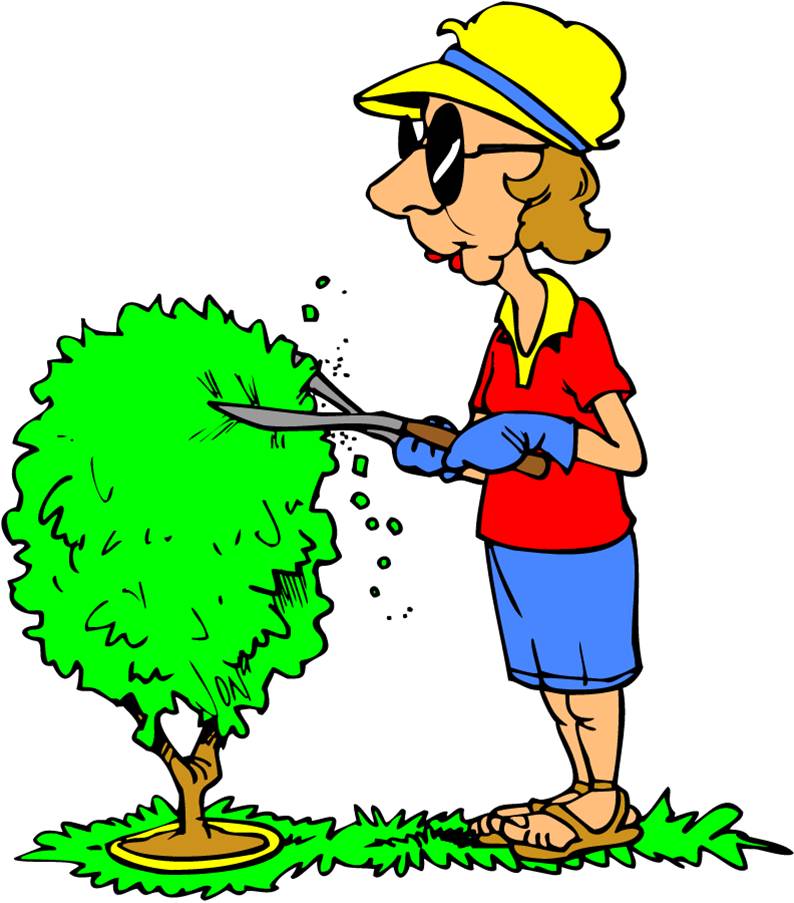
Is it true??
Can Cocoa-Puffs really help fight off the flu? I don't know about it but apparently Kellogg's is gambling that you're going to buy - pun intended - that box of lies.
There are a few key reasons as to why I am not buying this and what you can do to TRULY improve the immune system of your kids!!
First lets cover the reasons why you should not believe the label for a reason.
1. TO BE HEALTHY YOU HAVE TO START WITH A HEALTHY FOUNDATION. Does it even make sense that a sugary, chocolaty cereal will HELP your kids fight off disease? Everything else we are told is that sugar, highly processed foods are bad for us. So what is so different about puffed white rice (which is void of just about any nutritional value on its own) is going to help us? The answer: Nothing is different. Except...
2. FAKE VITAMINS AND MINERALS DO NOT MAKE FOR HEALTHY CEREAL. Kellogg's added some lab made vitamins that research has proven is not absorbed nearly as well as natural vitamins and minerals. An example of this is comparing the durability of real natural wood furniture vs. plywood furniture. Plywood is less expensive, but also breaks down much quicker than say, Oak furniture, and is not nearly as strong. Which would you rather have? One may cost more, but the quality is what you are paying for. Except now your decision does not just effect how long your furniture lasts. Rather your decisions effect the health of your child.
3. HIGH SUGAR INTAKE HAS BEEN SHOWN TO INCREASE RISK OF THE FLU. You are doing your child no favors by adding more sugar to their diet. A lie mixed with a little bit of truth is still a lie. An unhealthy food mixed with a few extra "goodies" does not make for a healthy food. Put it this way, do you really think whole wheat donuts are healthy?
Want to know how to truly improve the immune system of your child? Check out the "Fuel Like a Champion" DVD. Let Dr. Chris Mohr show you how to fuel your young athlete to build strong muscles, bones and immune systems the RIGHT WAY!!


















